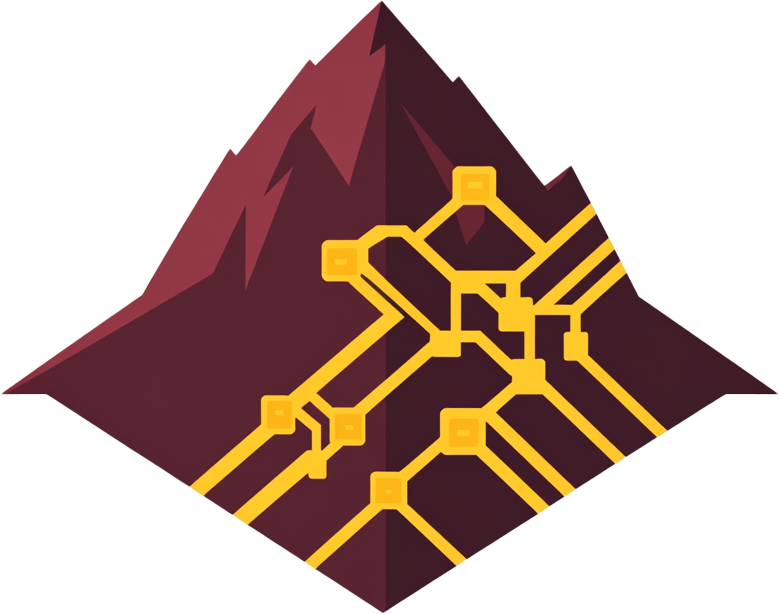AI-powered search tools like ChatGPT, Perplexity, Gemini, and Google’s AI Overviews are transforming how users discover information. A recent Ahrefs study of 17 million citations shows that content freshness is a measurable ranking factor for AI assistants—with AI-cited content averaging 25.7% fresher than Google Search results.
However, the study also reveals that freshness alone is not a silver bullet:
- The average cited AI content is still 2.9 years old—meaning authoritative, long-lived content still wins.
- Freshness preferences vary significantly by platform.
- Over-updating without substantive changes can damage trust and waste resources.
This plan incorporates those findings into a platform-aware roadmap that blends freshness optimization with quality, authority, and measurable ROI.
Strategic Action Plan for Freshness Optimization
Pillar 1: Prioritize by Visibility Risk—With Platform Segmentation
Goal: Target updates where freshness matters most, while protecting evergreen authority.
- Audit top 500 KBs based on usage (chatbot flows, search queries, ticket deflection impact).
- Calculate a Freshness Risk Index: pgsqlCopy
Risk Index = Age (days since last update) × Usage Metric (monthly views or queries) - Flag articles >2.5 years old for AI-first platforms like ChatGPT and Perplexity, where recency boosts ranking order.
- For Google-focused KBs, retain and protect authoritative evergreen content, even if older.
- Run platform-specific AI simulations—e.g., test the same queries in ChatGPT, Perplexity, and Google to see where gaps appear.
Timeline: Launch immediately; conduct refresh audits quarterly.
Owners: KM Analyst or Knowledge Engineer (audit), Data Engineer (automation).
Success Metrics:
- < 30% of KBs flagged as “high-risk” for AI platforms
- No decline in Google rankings for evergreen content
Pillar 2: Timestamp Refresh Protocol—Only for Meaningful Updates
Goal: Ensure AI parsers and users can see valid recency signals, without artificial or misleading updates.
- Display “Last Updated” dates in ISO 8601 format (e.g.,
2025-08-08). - Embed structured data (
dateModifiedin JSON-LD) for machine readability. - Only update timestamps when content has been meaningfully improved—add new facts, fix inaccuracies, update steps.
- Maintain accurate original publication dates for authority signals, especially for Google.
- Batch refreshes for high-impact KBs, prioritizing ChatGPT and Perplexity visibility.
Timeline: Begin now; complete top 100 AI-priority KBs within 90 days.
Owners: Knowledge Engineers, Publishers, Content Editors (content changes), Web Dev (structured data).
Success Metrics:
- 100% timestamp accuracy on priority KBs
- No misuse of “dateModified” for cosmetic edits
Pillar 3: Automate Feedback-Driven Refreshes—Flag What’s Slipping
Goal: Catch decaying content using real-time engagement signals.
- Aggregate chatbot logs (“outdated info”), search abandonment rates, and KB feedback ratings into one dashboard.
- Auto-flag content that exceeds thresholds (e.g., >5% negative feedback).
- Route flagged KBs to owners with platform context—is it underperforming in Perplexity? Dropping in Google?
- Use AI-assisted drafting to accelerate meaningful updates.
Timeline: Build within six months; achieve full automation by completion.
Owners: KM\KCS Manager (process), IT/Support (integrations).
Success Metrics:
- 90% of flagged KBs reviewed within 7 days
- Fewer user reports of staleness in AI-driven searches
Pillar 4: Close the Loop With AI Tools—Test Per Platform
Goal: Measure AI visibility in the platforms that matter most to your audience.
- Run monthly simulations in ChatGPT, Perplexity, Gemini, and Google SERPs.
- Track:
- Citation presence (is your KB included?)
- Citation order (are fresher KBs ranked higher?)
- Competitor citations
- Adjust Generative Engine Optimization (GEO) tactics:
- ChatGPT & Perplexity → Favor fresher updates, add recent stats/dates.
- Google → Maintain evergreen authority, high-quality backlinks.
Timeline: Launch testing program within the next 90 days; run monthly thereafter.
Owners: GEO Specialist (testing), KM Team (analysis).
Success Metrics:
- 50% of high-volume AI queries cite your KB
- Improved ranking order for fresher KBs in AI citations
Pillar 5: Monitor, Measure, and Iterate—Platform Trends Matter
Goal: Keep KB aligned with evolving AI behaviors while balancing resource investment.
- Track KPIs by platform:
- AI citation rate
- Citation position for fresher content
- Average KB age per platform (<2.5 years for AI-first, variable for Google)
- Review quarterly against Ahrefs benchmarks and emerging research.
- Adjust update cadence based on platform sensitivity to freshness (e.g., Perplexity/ChatGPT = higher priority for regular updates).
- Weigh opportunity cost—sometimes new content creation outperforms frequent updates.
Timeline: Ongoing monitoring starting immediately; conduct quarterly reviews and annual deep dives.
Owners: Analytics Lead (tracking), Executive Sponsor (oversight).
Freshness as a Strategic Lever, Not a Blind Rule
The Ahrefs data confirms that AI platforms value recency—but not at the expense of quality or authority.
By applying freshness strategies selectively:
- You maximize visibility where it matters (ChatGPT, Perplexity).
- You preserve and grow authority where longevity wins (Google).
- You protect resources by focusing on meaningful updates.
Outcome:
- Increased AI-driven discoverability
- Reduced obsolescence in freshness-sensitive platforms
- Sustained search performance across both AI and Google ecosystems
